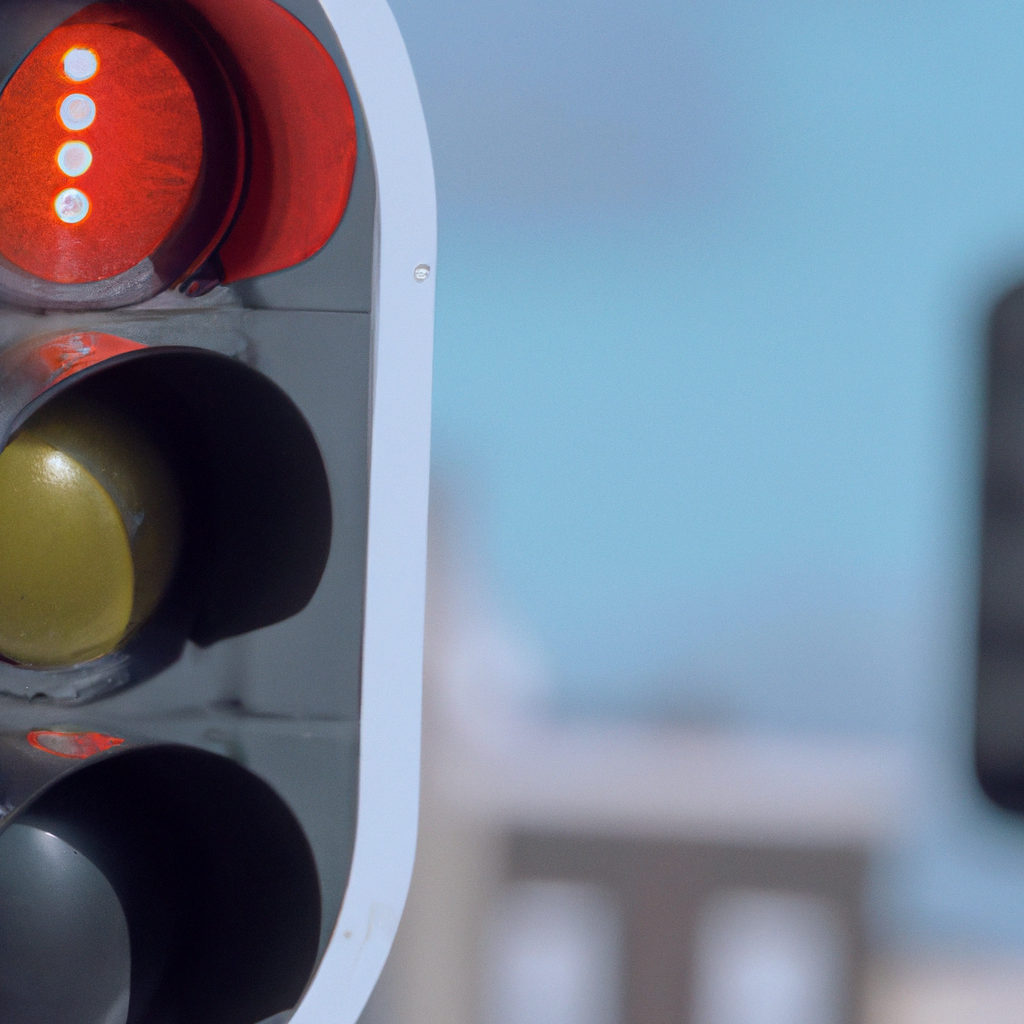Traffic lights, also known as traffic signals, are an integral part of traffic control and intersection safety. They are designed to regulate traffic flow and provide a safe environment for drivers, pedestrians, and cyclists. In this article, we will explore how traffic lights work, the different types of signals, and the importance of traffic engineering and management in maintaining traffic safety and efficiency.
Signal Phases and Timing
Traffic lights operate on a timed sequence of red, green, and yellow signals that are known as signal phases. Signal phases are controlled by a computerized system that determines the timing of each phase based on traffic volume and other factors. The system uses sensors and cameras to detect the presence of vehicles, pedestrians, and bicycles at intersections, and adjust the signal timing accordingly.
The red signal indicates that all traffic must stop, while the green signal indicates that traffic can proceed. The yellow signal is a warning that the signal is about to change from green to red, and drivers should prepare to stop. The length of each signal phase varies depending on the time of day and traffic volume.
Types of Traffic Signals
There are several types of traffic signals, including standard stoplights, pedestrian signals, and traffic signals with special features such as left-turn signals and transit priority signals.
Standard stoplights are the most common type of traffic signal and include red, green, and yellow lights. Pedestrian signals are installed at intersections to assist pedestrians in crossing the street safely. These signals feature a walking figure that indicates when it is safe to cross and a flashing hand that indicates when it is not safe to cross.
Left-turn signals are used to allow vehicles to turn left at an intersection without interfering with oncoming traffic. These signals are typically located on a separate pole or overhead structure and feature a green arrow that indicates when it is safe to turn. Transit priority signals are used to give buses and other transit vehicles priority over other traffic. These signals can be activated by a sensor on the bus or by a signal controller.
Traffic Engineering and Management
Traffic engineering and management play a critical role in maintaining traffic safety and efficiency. Traffic engineers use a variety of tools and techniques to design and manage traffic flow, including signal timing optimization, traffic signage, and pavement markings.
Signal timing optimization involves adjusting the timing of traffic signals to improve traffic flow and reduce congestion. This can be done manually or using computerized systems that analyze traffic data in real-time. Traffic signage and pavement markings are used to provide information to drivers and pedestrians and guide traffic flow.
Conclusion
In conclusion, traffic lights are an essential component of traffic control and intersection safety. They operate on a timed sequence of red, green, and yellow signals known as signal phases and are controlled by a computerized system that adjusts the signal timing based on traffic volume and other factors. There are several types of traffic signals, including standard stoplights, pedestrian signals, and traffic signals with special features such as left-turn signals and transit priority signals. Traffic engineering and management are critical in maintaining traffic safety and efficiency and involve a variety of tools and techniques such as signal timing optimization, traffic signage, and pavement markings. By understanding how traffic lights work and the importance of traffic engineering and management, we can all contribute to safer and more efficient roads.







